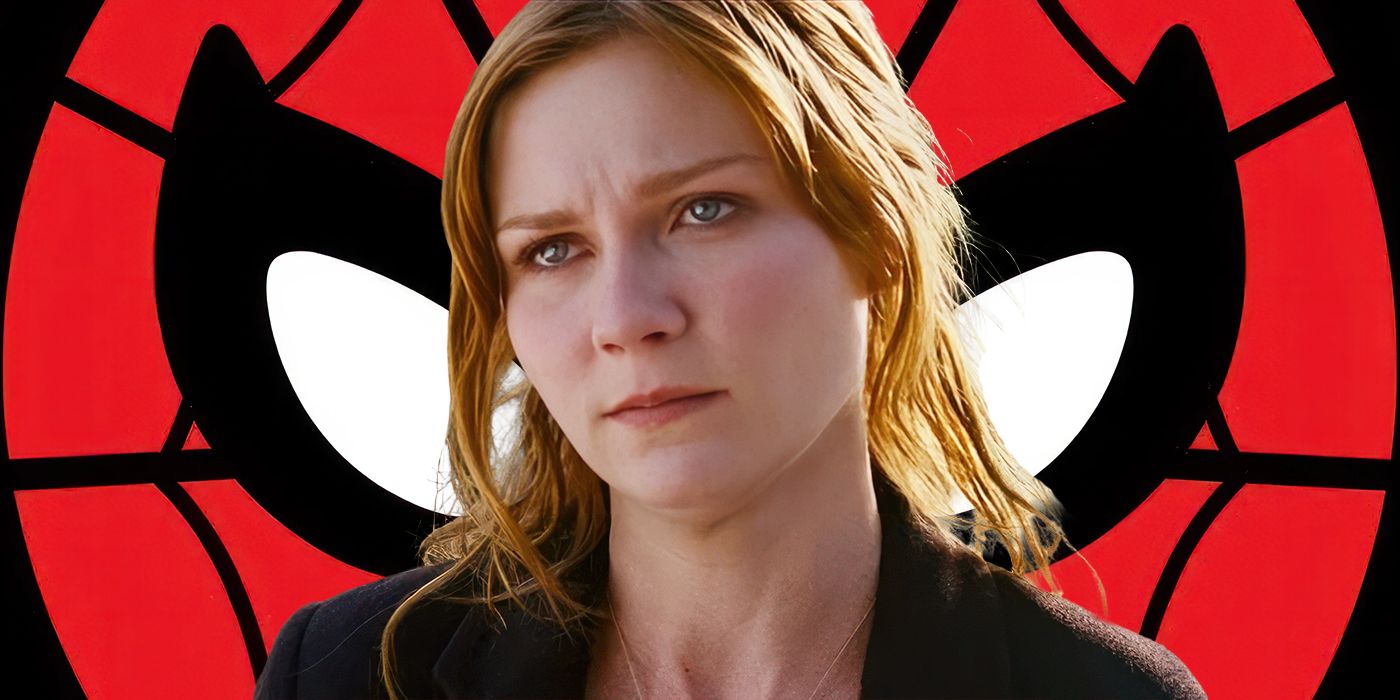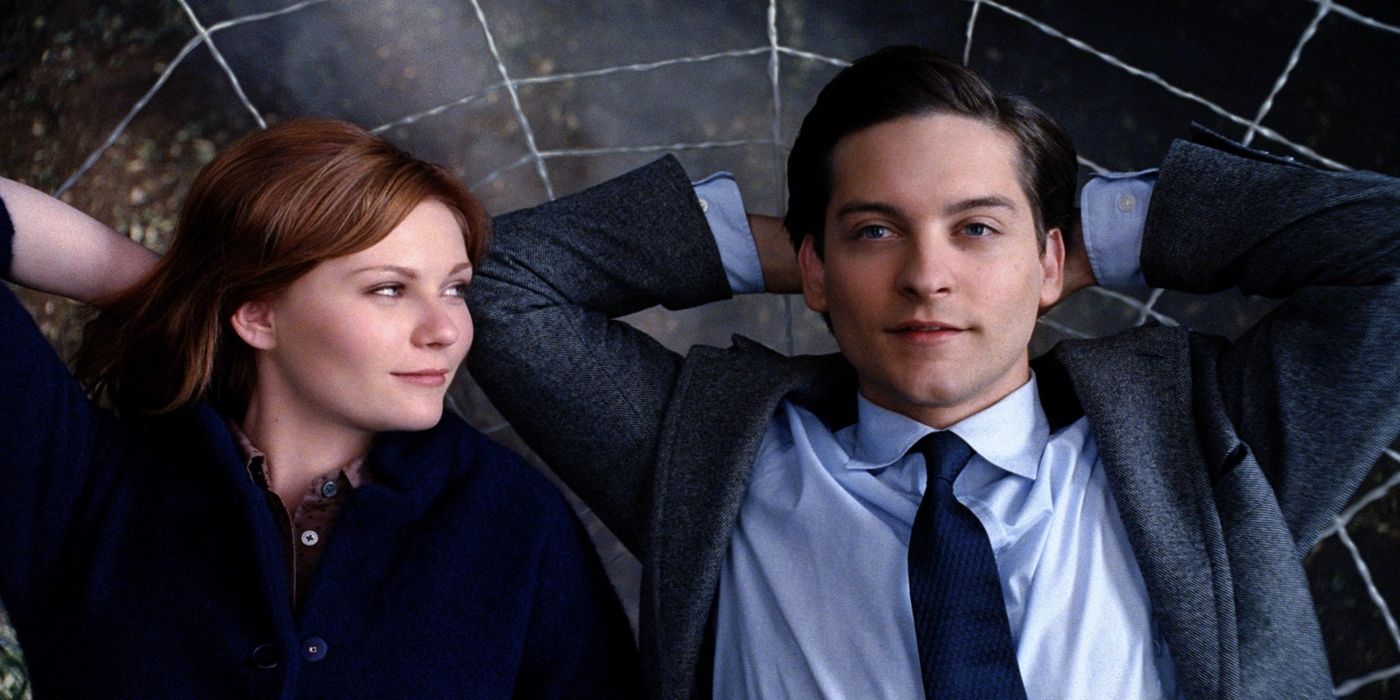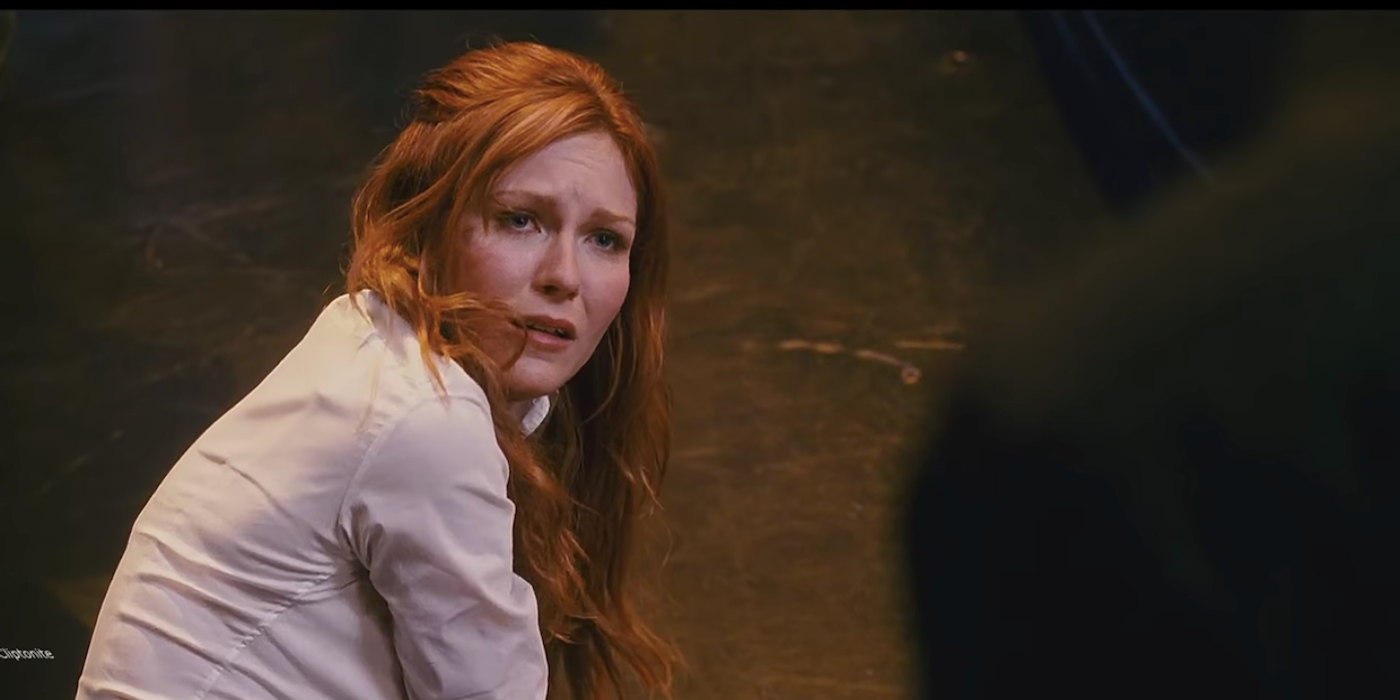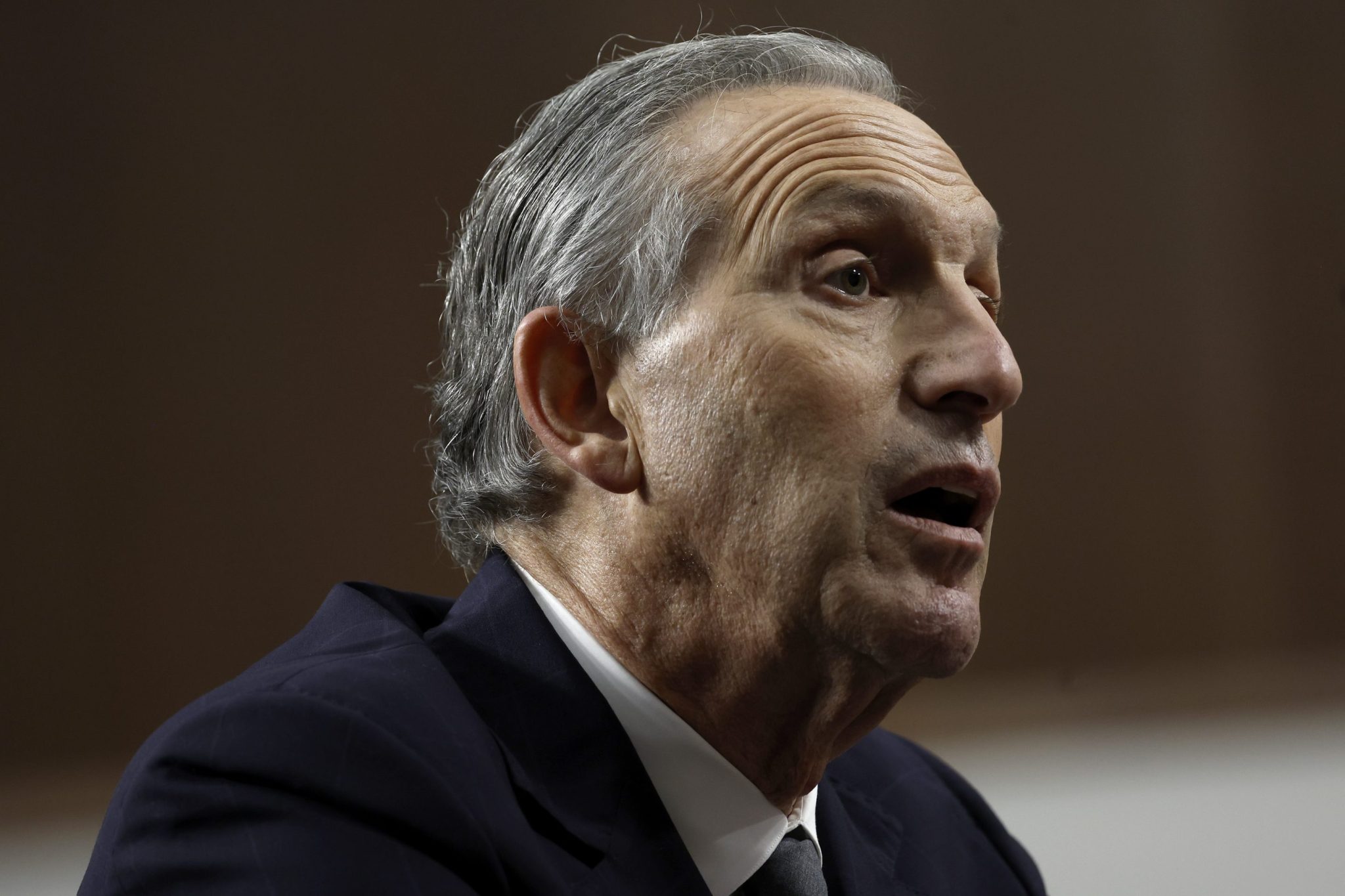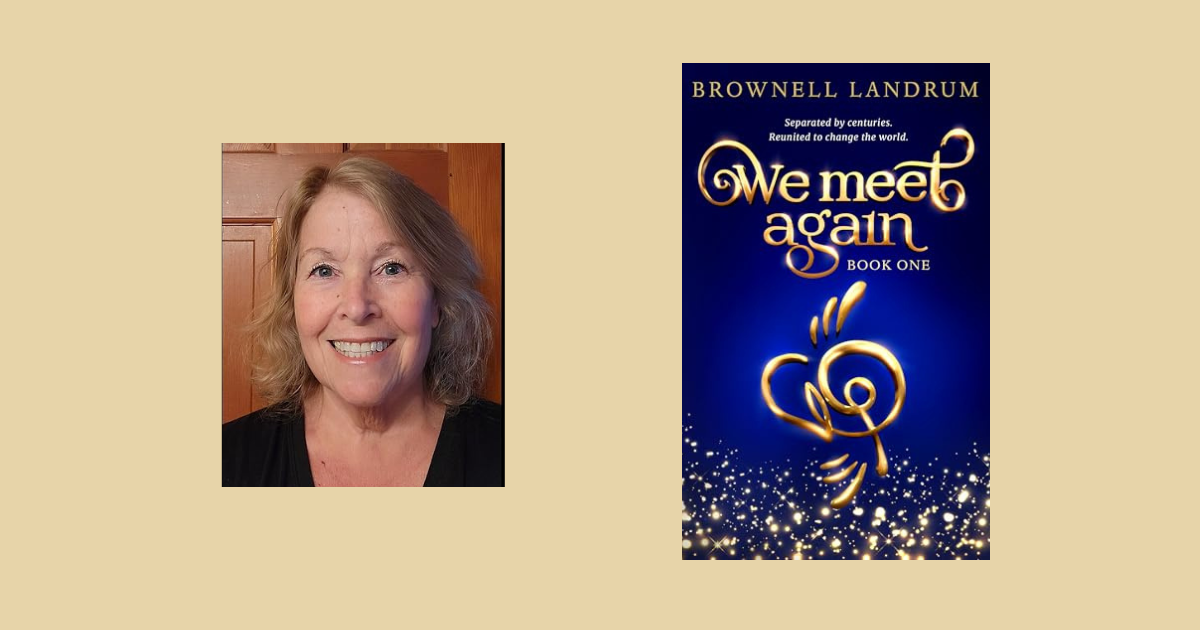The Big Picture
-
Spider-Man
set the wrong expectations for female characters in comic book adaptations, with Mary Jane being a poorly developed trope as the damsel in distress and love interest. - In
Spider-Man 2
, Mary Jane’s character development was overshadowed by Peter’s superhero journey, reducing her to a plot device rather than a fully realized character. -
Spider-Man 3
attempted to make Mary Jane more relatable, but ultimately failed to give her the same depth and resolution as Peter and Harry, leaving her storyline unresolved and unfulfilled.
In the very first scene of 2002’s Spider-Man, Peter Parker (Tobey Maguire) tells us in a voice-over that this is a story about a girl. For the following five years, we as viewers sort of let ourselves believe that Mary Jane Watson (Kirsten Dunst) played an important role in the much-appreciated Sam Raimi trilogy. However, as time passed and we – aka the general audience – started to reevaluate female representation in movies, it became easy to see that Peter lied. The first Spider-Man trilogy wasn’t about Mary Jane at all. Arguably, it was about everything but her.
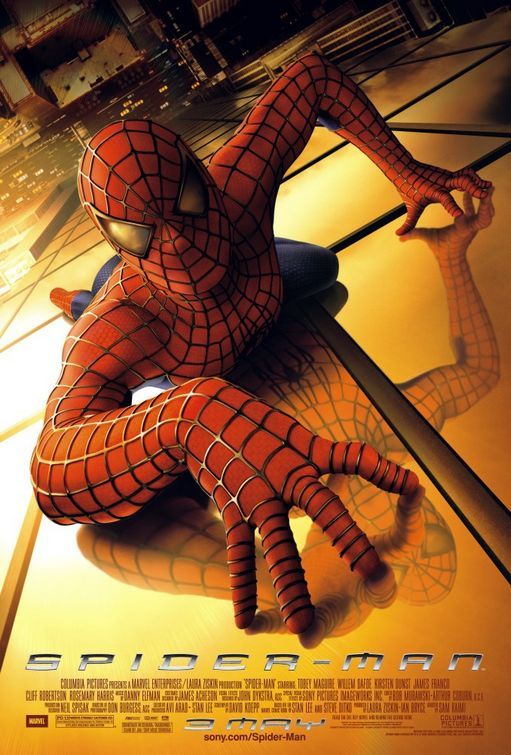
Spider-Man (2002)
After being bitten by a genetically-modified spider, a shy teenager gains spider-like abilities that he uses to fight injustice as a masked superhero and face a vengeful enemy.
- Release Date
- May 3, 2002
- Runtime
- 121 minutes
- Main Genre
- superheroes
- Writers
- Stan Lee , Steve Ditko , David Koepp
‘Spider-Man’ Set the Wrong Expectations for Comic Book Women
Let’s give credit where credit is due first. Back when the first Spider-Man was released, we had a very limited idea of what super-hero movies were capable of. Up to that point, our biggest reference was 2000’s X-Men, which was fine but had several limitations due to a restricted budget. After the mutants’ success, however, it was no-holds-barred for comic book characters, and Spider-Man made sure the generous budget showcased what was to come in the film industry. So, in a way, the first two Spider-Man movies were kind of magical in terms of showing how the sky is the limit for superheroes and how a sequel can elevate something that already worked perfectly well. Ask any Marvel fan to make a top 10 list, and you’re bound to see Spider-Man 2 as an entry somewhere.
Spider-Man was so popular it set the bar for what should and shouldn’t work in a live-action comic book adaptation, and when it came to women, that bar was really, really low. Mary Jane starts out as the embodiment of a trope: the girl next door (literally) who can’t seem to find the “right guy” and doesn’t realize her shot at happiness is right under her nose. This trope is problematic on its own, as many revised romantic comedies have shown over the years, but it gets even worse as Spider-Man progresses.
It doesn’t take a genius to put both Peter and Mary Jane’s storylines side by side and realize who had the better character development. While Peter got superpowers, risked his life to make a little extra money, lost his uncle, got a freelance job, saved a whole city, and learned that with great power comes great responsibility, Mary Jane… changed boyfriends. And what’s worse, the change of boyfriends was a plot point designed to put a little conflict in Peter and Harry’s (James Franco) friendship. One could argue that, as poorly developed as MJ was, we have to accept that it was just a first film in a series. After we got through all that boyfriend stuff, MJ would then be ready to have some new storylines. We could all turn a blind-eye to Spider-Man if they just got it right the second time. But it gets worse. So much worse.
Sam Raimi Doubles Down on Romantic Tropes in ‘Spider-Man 2’
Sony and Marvel didn’t randomly pick a villain to come back in Spider-Man: No Way Home. Doc Ock (Alfred Molina) is a fan-favorite not only because of the actor’s performance, but because he was a character whose frustration elevated the stakes of Spider-Man 2, and yet we could all understand his obsession with the one thing that might represent his redemption. Spider-Man 2 was also great in showing how being a selfless super-hero has a huge toll: Peter is behind on his rent, failing all his college classes, and can’t keep a steady job because he has New Yorkers to save. And as we said before, Mary Jane… changes boyfriends.
True, her career as an actress and model has picked up, but that has no effect on her storyline whatsoever. She is, once again, a woman who is waiting to be saved by the man of her dreams. And that becomes quite literal. At a certain point in Spider-Man 2, when Doc Ock attacks both Peter and MJ at a café, she stops being a person and basically becomes a plot device — something that was stolen that Peter needs to retrieve. In Sam Raimi’s defense, Alvin Sargent‘s script problem with women stretch far beyond MJ. The women in Spider-Man 2 vary from love interests to eye candy to scream queens, and what separated MJ from the rest was simply the fact that she was a combination of the three.
The biggest plot development for MJ in Spider-Man 2 is that now she will get married — to the wrong guy. And how does she discover this? By kissing him the same way she once kissed Spider-Man, upside down. Yes, her epiphany comes with a kiss. It makes you wonder what sort of issues she would have if we ever made it to Spider-Man 4. Not being able to get pregnant? Undermining Peter’s saving the world because he puts it above their relationship?
Kirsten Dunst’s Mary Jane Is Relatable in ‘Spider-Man 3’
Ironically, Spider-Man 3 has an MJ development that makes her more relatable than in previous films. She’s seeing Spider-Man become more popular than ever while her career takes a nosedive. She’s feeling invisible and ends up turning to Harry because he makes time for her. Most of us have been in those places at least once, and it’s refreshing to see Dunst try to do what she can to give her character some dimension. At a certain point, after seeing Peter kiss Gwen Stacy (Bryce Dallas Howard) in front of a crowd — and then being a complete jerk about it, acting as if nothing happened — she asks him if he kissed her as Spider-Man or as Peter Parker. This could come off as a paranoid girlfriend question, but Dunst makes it come out so mature we’re led to think she’d have no problem if Peter had kissed another woman as Spider-Man just for show.
The problem is, Spider-Man 3 isn’t the best. There’s no point in beating a dead horse now, so instead of focusing on the multiple villain problem and Peter turning emo, we’ll focus on other things that made it bad. The movie is cruel to MJ; she is suffering from impostor syndrome, being reminded of her abusive father, getting no emotional support from her soon-to-be fiancé (whose biggest effort in motivating her is sounding like a fake-positivity Instagram post), seeing her dream crumble before her eyes, and not saying a thing about it because the one person she can confide in has bigger problems on a daily basis. And no, this is not the synopsis for Lars von Trier‘s Melancholia.
Mary Jane Deserved as Much Development as Peter Parker and Harry Osbourne
This is a lot for a single character to unpack, especially in a movie as convoluted as Spider-Man 3. So the way Sam Raimi, Ivan Raimi, and Alvin Sargent (the screenwriters) decided to deal with those plot points was to… not solve them at all. MJ doesn’t make it back to the stage nor learn anything about failure. She is stabbed in the back by Harry, who decides to use her to get back at Peter (and never apologizes). She doesn’t get to tell Peter about his shortcomings, and he never fully acknowledges all the ways he failed her. What does happen, though, is she gets kidnapped by yet another villain… and rescued again.
Throughout the whole trilogy, Spider-Man goes out of its way to show time and again how complex Peter and Harry’s relationship was. How do you sustain a relationship marked by a tragic death? Can you overcome a terrible misunderstanding and work together to find some common ground? These were some questions that the movies prompted, while making the audience never fully hate Harry and recognize Peter is partially guilty of the way his best friend sees him. Mary Jane was never granted the same depth. She went from girl next door to damsel in distress to plot device, all the while the men around her fought viciously for three-dimensionality and often got it.
Spider-Man is available to watch on Disney+ in the U.S.
























































![Key Metrics for Social Media Marketing [Infographic] Key Metrics for Social Media Marketing [Infographic]](https://www.socialmediatoday.com/imgproxy/nP1lliSbrTbUmhFV6RdAz9qJZFvsstq3IG6orLUMMls/g:ce/rs:fit:770:435/bG9jYWw6Ly8vZGl2ZWltYWdlL3NvY2lhbF9tZWRpYV9yb2lfaW5vZ3JhcGhpYzIucG5n.webp)


